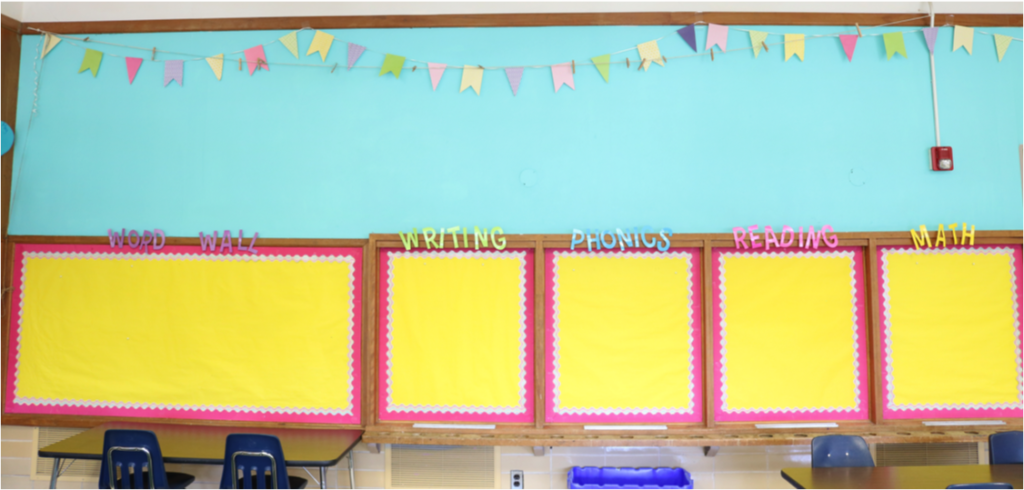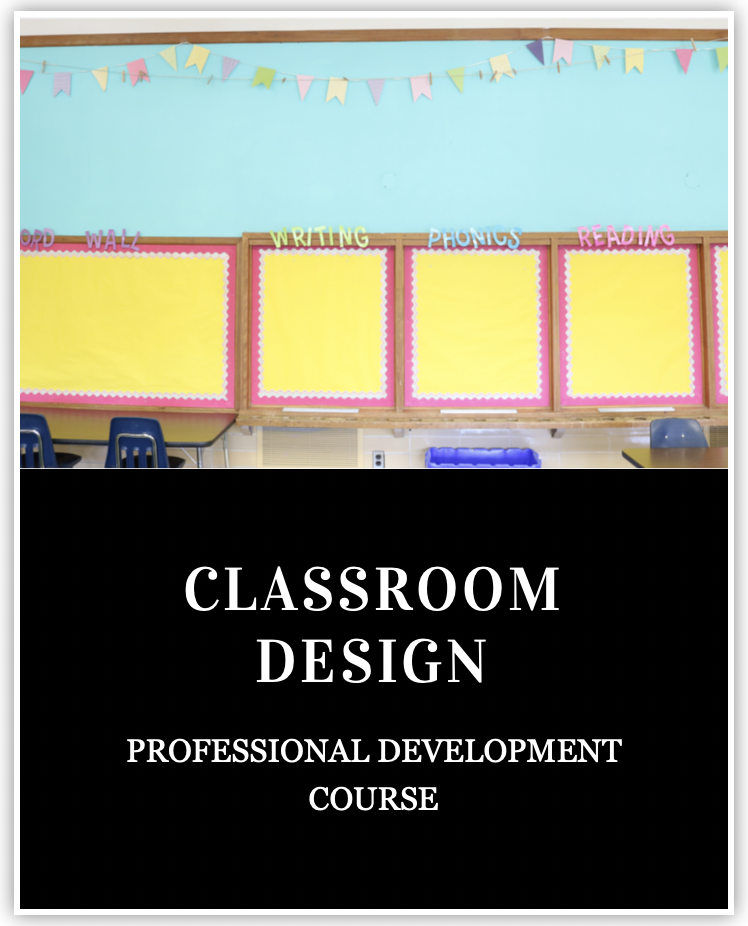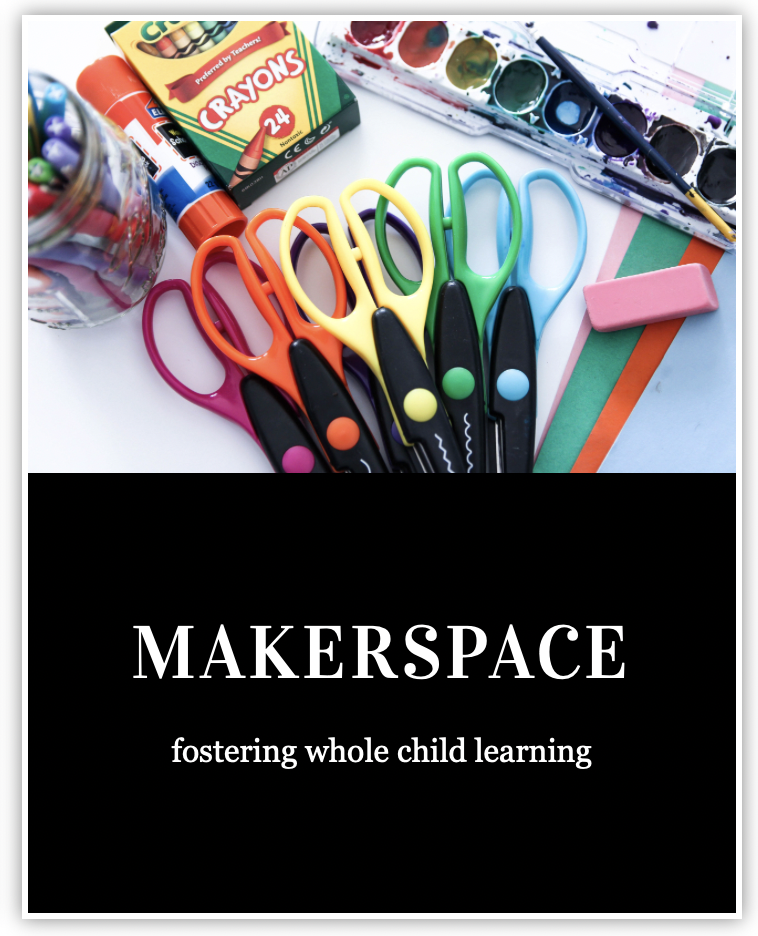Your classroom is where you & your students spend majority of your 7-8 hour day. Having this setting purposefully decorated and turned into what some might call a “Pinterest-worthy Classroom” serves 2 purposes.
#1: Most importantly, this space should assist in fostering within your STUDENTS a sense of warmth, comfort, ownership, safety, & being valued that allows them to feel safe in taking risks & thus enables them to grow academically, socially, & emotionally during the year. That being said, this is a place that YOU want to come to work each day. Having an aesthetically pleasing space to work in can bring joy, a sense of pride, & foster creativity.
START WITH A COLOR SCHEME.
When choosing a color scheme, lean on research regarding how colors influence behavior so that you have a color that best works towards your goals of fostering the aforementioned senses within your students. Some principals give permission to paint the walls of your classroom. This is a simple change that can make a big impact! In the feature image of this article, the pink borders balance a bit of a feminine feel with the blue painted walls. The yellow bulletin board paper adds a bright warmth.
Not sure what colors to choose? Warm colors are those in the red side of the color spectrum like reds, pinks, oranges, and yellows. They tend of evoke emotions of happiness and warmth. Calming/cool colors are those in the blue side of the color spectrum like blues, greens, and purples.
THEME OR NO THEME?
Themes are a difficult choice. Each child is different & so it can be difficult to pin-point a theme that resonates with all students. For example, last year, the only theme an entire class liked was emojis. This can change year to year. So, with that in mind, look for longevity in classroom decor. Setting up your classroom is a time consuming process & who wants to have to redo a lot of it each year? Since trends come & go, focus on color.
SIMPLICITY IS KEY
Honestly, if teachers, had all the classroom time in the world, then students would design & decorate the classroom from beginning to end because ultimately it is for THEM. For those who have the time built into their schedule, this is a great first week of school lesson – team building, sorting & organizing, working on those social/emotional skills!
This isn’t possible at all campuses. For example, at some campuses, students visit the classroom before the 1st day of school. This time is to welcome them into the classroom and make them feel comfortable. Walking into a sterile, doctor office type of vibe would not help promote this. So, create simply the base, the backdrop. In terms of decor, focus on color & bulletin boards. During the first week, have students create small contributions to the classroom. For example, have them decorate their book box and journals, create their own name tag to tape to boxes, etc. During the year, students designs – their thoughts on anchor charts and their work on display – fill in all the empty space. This fosters a sense within students of being valued & of ownership. Simplicity is also key when displaying their work & other things on the wall.
While YOU did a large part in putting the classroom together, no matter how involved they are in the process, it has to be a space they can use. It shouldn’t take them 5 minutes to find a word on the word wall or math algorithm because there is so much stuff in that space.
INCORPORATE YOUR STUDENTS IN THE DESIGN
It is important that students see themselves somewhere in the classroom. That might mean incorporating students in the design by showcasing their artwork on the wall or having them actually take part in getting to decorate a space. While it is a bit more challenging in middle & high school where you have so many students, it is possible. For example, an Austin area high school English teacher allocated one wall in her classroom to student designs. She had students paint something – their name, a tree, whatever that allowed them to see themselves in the room. Plus, it brightened up the room!


